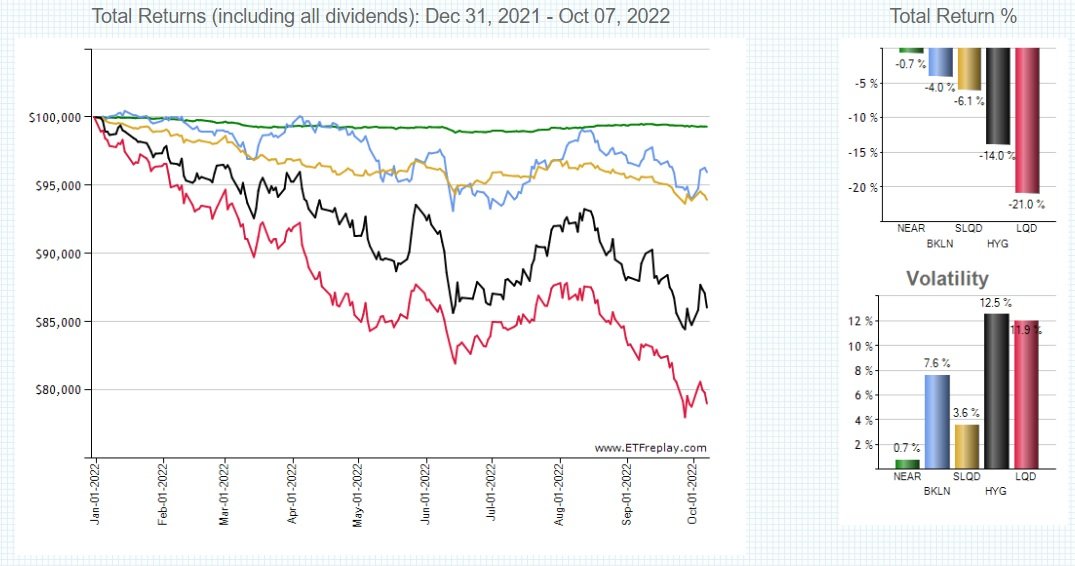This is the time of year when Callan LLC publishes their annual “Periodic Table of Investment Returns” (see chart below). It is a colorful mosaic quilt of annual investment returns for the major asset classes arrayed by year by return. It is most instructive to show the variability of returns for each asset class in comparison to the others. For example, you can observe from the medium blue box labelled Large Cap Equity (S&P 500) that annual returns over the last 20 years have varied from -37.00% in 2008 to +32.39% in 2013.
Given all this great data, there are a few other observations and calculations I like to highlight:
The variability of return of Large Cap Equity calculates to an average annualized return of +9.80% over the last 20 years. But, that comes with a large annual standard deviation (risk) of return of 16.75%; meaning there is a high probability of returns varying around the average easily dipping into the negative return region - something we can easily observe from the chart and have seen in 2022!
Cash Equivalent (the light blue box), as the least risky asset class, fulfills its role as a stable floor of returns with average annualized returns of +1.27% over the past 20 years. Cash Equivalent was the best performing asset class in 2022, but if an investor can tolerate some risk over a long time horizon, there are other places to earn more return.
As reported almost everywhere in the financial press, U.S. Fixed Income (the teal box) had a historically weak return in 2022 of -13.01% compared to its average annual return +3.10%. Not surprisingly, from the chart you can see that this asset class actually was the best performing asset class in 2008, a very bad year for equities!
Finally, if we had perfect foresight and were able to pick the best performing asset class each year, the calculated average annual return would have been an amazing +26.26% over 20 years! Of course, no one can do this, but it is certainly fun to think about!
As the chart shows, asset class returns are variable and switch places on an almost random way. It is always best to have a well-diversified portfolio of investments that are managed to a risk target that is designed to help you achieve your goals.
















